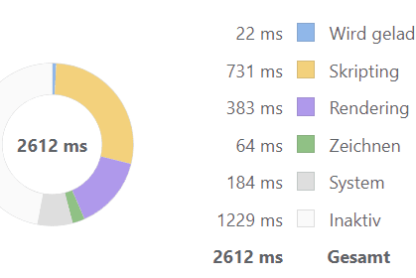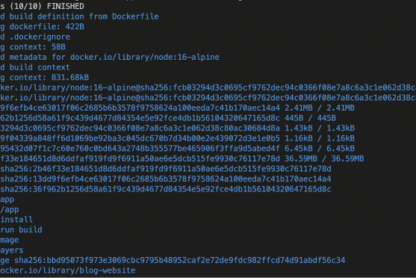Free resources for developers, board games and chess… what do they have in common? You can find them in some GitHub repositories!
Ok, but why?
GitHub is not only code hosting, it’s a collaborative platform where everyone, even if they’re not developers, can contribute.
So… why not? Today we’re talking about Awesome Lists.
What are Awesome Lists?
Awesome Lists are GitHub repositories that contain a list of awesome resources. They’re usually organized by topic, and they’re usually curated by the community.
If you want to hear me talking about it for a couple of minutes, as usual I recorded a video:
How to find Awesome Lists
The quickest way to find Awesome Lists, as shown in the video, is from the Explore page. You can find it by clicking on the Explore link in the top menu. From there you can search for the “Awesome” topic and you can also star it ⭐️ so that you can find it easily next time.
As a rule of thumb, your entry point can be the main repository which contains a list of some of the most Awesome Lists.
How is this repository called? Ah, you might already know it: awesome! Maintained by Sindresorhus you can find it at https://github.com/sindresorhus/awesome.
How can I create my own Awesome List?
As we learned by now, awesome lists are GitHub repositories. So, you can create one or more at any time by creating a repository. Don’t forget to add the awesome topic so that it can be found by other people.
Creating it manually? Sure, but there’s also a CLI to get started, have a look at generator-awesome-list.
npm install -g yo generator-awesome-list
yo awesome-list
Getting featured on the main Awesome List
As of today, March 2023, there are 6,182 public repositories with the awesome topic. Clearly not all of them can find their way to the main Awesome List. You can read how to be accepted in the Awesome manifesto.
Once you think you’ve got everything, you can submit a Pull Request to the main repo.
How can I contribute to an Awesome List?
If you know (or you made yourself) a resource that you think it’s worth appearing in one of the lists, as usual you can open a Pull Request. Each list might have slightly different rules for submissions so make sure to read the CONTRIBUTING.md file of that specific repository.
If you’re unsure about how to create a Pull Request, I show it in this video.
As a side note, the “Awesome Lists” project is one more example of how GitHub and Open Source in general is not only writing code, or something strictly for developers. Everyone can benefit from the content of these repositories, and everyone can contribute to them.
Most of them are about programming-related content but it’s reasonable since GitHub users are mainly developers, but there’s always room for other topics you might find interesting. If there’s something missing, feel free to create (and curate) your own Awesome List on a topic you care about!
Thanks for reading this article, I hope you found it interesting!
I recently launched my Discord server to talk about Open Source and Web Development, feel free to join: https://discord.gg/bqwyEa6We6
Do you like my content? You might consider subscribing to my YouTube channel! It means a lot to me ❤️
You can find it here:
Feel free to follow me to get notified when new articles are out 😉





